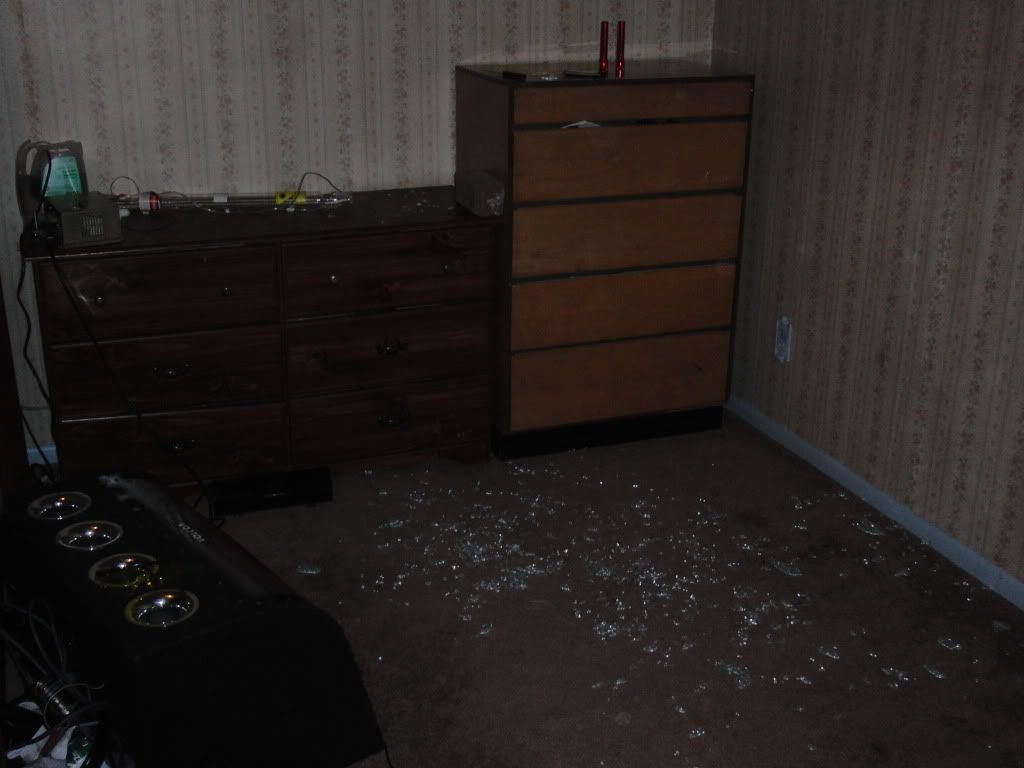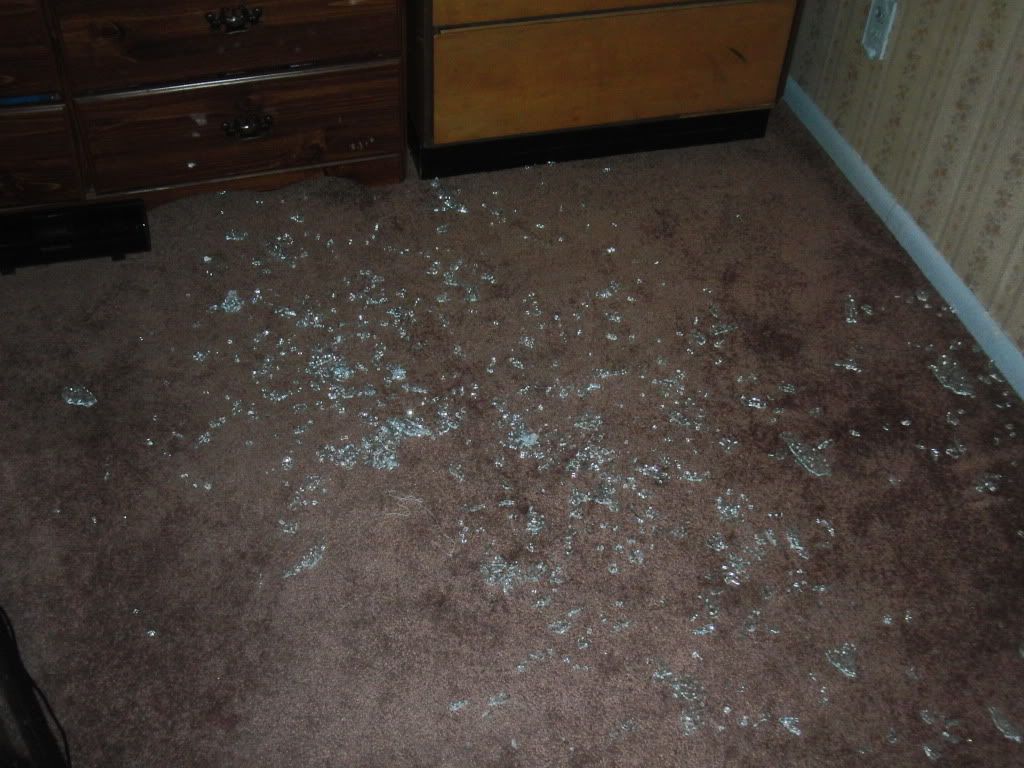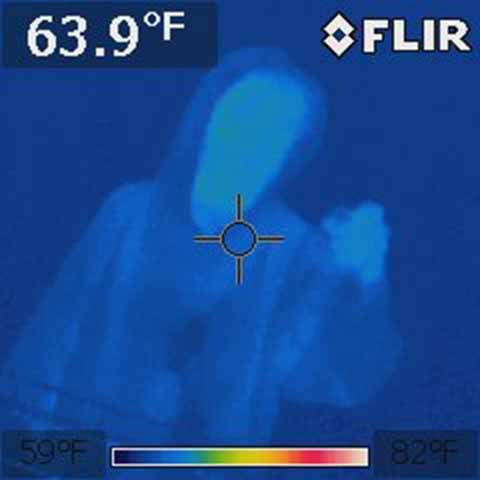- Joined
- Jan 13, 2010
- Messages
- 2,516
- Points
- 63
Hey guys!
Just now I discovered that Co2 lasers and panes of glass dont mix... I really want to pass this along so that nobody else has the same mistake.
Below are photos of the aftermath so If you dont like to read skip ahead.
So anyway, I just got home from work and decided to break out my new co2 tube which I have not used for a month or more because I was in the process of moving when I bought it. After hooking it up and getting it warmed up I had a pane of glass from an old shelf that went into the trash. I decided to try and punch a hole through the glass. Well it wasn't working so I turned off the laser and examined the piece of glass.
The glass was slightly melted but nowhere near having a hole through it. Then something STRANGE happened. The glass made a very loud DING noise as if it was broken! Well to my surprise the small hole I put into the glass was now spider cracked! The strange thing was, It was only cracked where the hole was!
I decided to pick up the glass after it cooled a little and looked at the hole under some brighter light and noticed the spider crack wasn't even all the way through... Then.... A loud DING and the glass or practically EXPLODED in my face and the shards went EVERYWHERE! Glass on my dresser, in my dresser on my other dresser which I was nowhere near! Surprisingly I managed to get glass on the floor :thinking: (Just kidding!)
I am OK and I am glad I had my glasses on because I would have been hit in the eye otherwise! There is a nice big mark on the glasses where I got hit... and I am glad my hands are not cut because this exploded in my hands! I also think this glass was tempered because it didn't shatter like normal glass. Instead it made thousands of little pieces that are not too sharp.
Anyway, I sort of expected the glass to at least crack or break... just not explode like it did. It was almost as if someone blew it up in my hands! I really urge anyone who has a co2 laser or high powered laser that can damage/destroy glass to be very careful. You may not be as lucky as me!
Now excuse me while I clean this awful mess up!



Just now I discovered that Co2 lasers and panes of glass dont mix... I really want to pass this along so that nobody else has the same mistake.
Below are photos of the aftermath so If you dont like to read skip ahead.
So anyway, I just got home from work and decided to break out my new co2 tube which I have not used for a month or more because I was in the process of moving when I bought it. After hooking it up and getting it warmed up I had a pane of glass from an old shelf that went into the trash. I decided to try and punch a hole through the glass. Well it wasn't working so I turned off the laser and examined the piece of glass.
The glass was slightly melted but nowhere near having a hole through it. Then something STRANGE happened. The glass made a very loud DING noise as if it was broken! Well to my surprise the small hole I put into the glass was now spider cracked! The strange thing was, It was only cracked where the hole was!
I decided to pick up the glass after it cooled a little and looked at the hole under some brighter light and noticed the spider crack wasn't even all the way through... Then.... A loud DING and the glass or practically EXPLODED in my face and the shards went EVERYWHERE! Glass on my dresser, in my dresser on my other dresser which I was nowhere near! Surprisingly I managed to get glass on the floor :thinking: (Just kidding!)
I am OK and I am glad I had my glasses on because I would have been hit in the eye otherwise! There is a nice big mark on the glasses where I got hit... and I am glad my hands are not cut because this exploded in my hands! I also think this glass was tempered because it didn't shatter like normal glass. Instead it made thousands of little pieces that are not too sharp.
Anyway, I sort of expected the glass to at least crack or break... just not explode like it did. It was almost as if someone blew it up in my hands! I really urge anyone who has a co2 laser or high powered laser that can damage/destroy glass to be very careful. You may not be as lucky as me!
Now excuse me while I clean this awful mess up!








